A Decade Of EPICC Progress In Kids’ Cancer Research
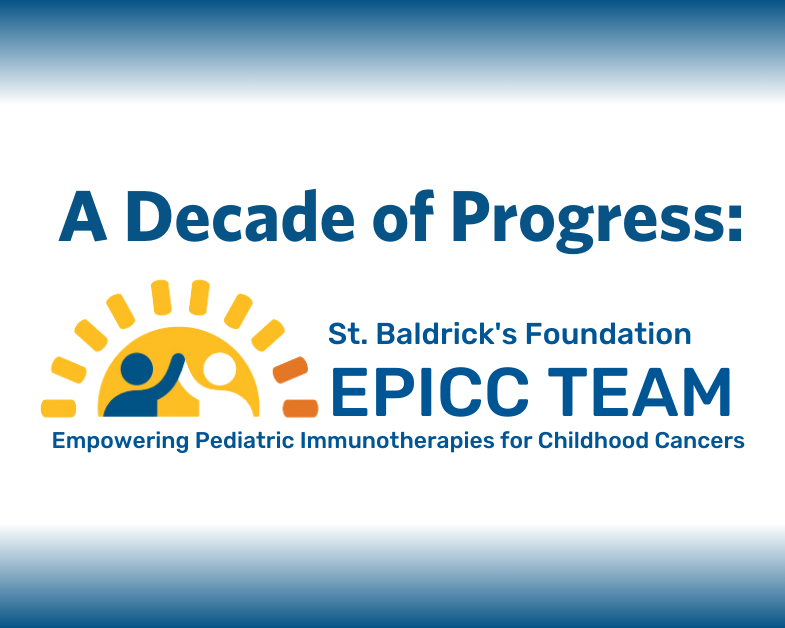
Something extraordinary began in 2013: the first ever pediatric cancer “Dream Team,” funded by the St. Baldrick’s Foundation and Stand Up to Cancer. Combining genomics and immunotherapy in a way that had not been done before, this team of experts at 8 research institutions across the U.S. and Canada set out to create new therapies for the most challenging childhood cancers.
Because of the incredible strides made by the team, the St. Baldrick’s Foundation and the member institutions continued this work, after the funding from Stand Up to Cancer came to an end in 2018.
Now in its third funding period and with a new name, the EPICC Team (Empowering Pediatric Immunotherapies for Childhood Cancer) continues to be led by John Maris, M.D., and Crystal L. Mackall, M.D., and the discoveries continue, saving lives.
7 Ways Your Business Can Conquer Kids’ Cancer
Every two minutes a child is diagnosed with cancer. That means 25,000 kids around the world will hear the words “you have cancer” this month alone.

But there’s hope. Did you know that the St. Baldrick’s Foundation is the largest charity funder of childhood cancer research grants in the world?
We are inviting you to join us. Your corporation and its employees can help fund lifesaving research, wherever it takes place, so kids can lead long and healthy lives.
Here are 7 easy ways your business can Conquer Kids’ Cancer.
What Is Sarcoma?
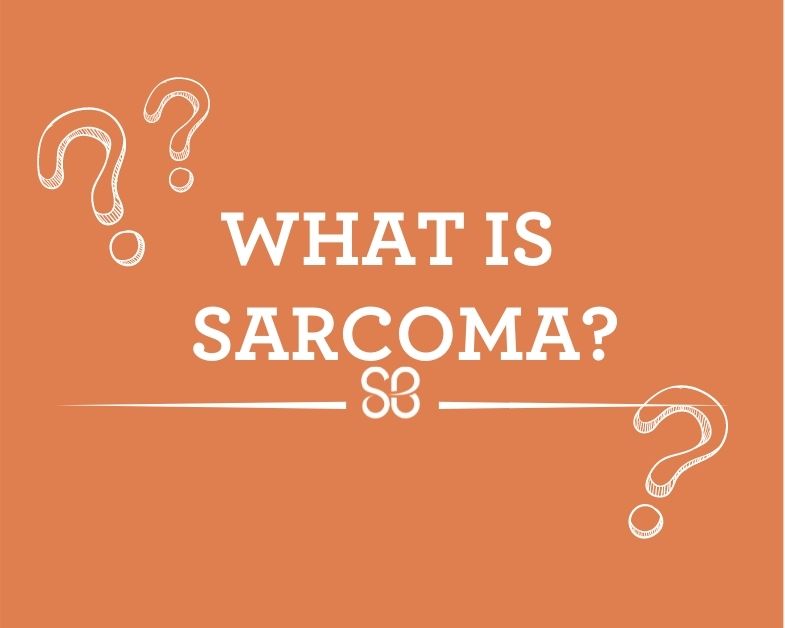
What are childhood sarcomas?
A sarcoma is a tumor that grows in the bone or soft tissue (muscles, nerves and fat) anywhere in the body. Sarcomas are rare, especially in young children, accounting for less than 15% of childhood cancers.
Pediatric sarcomas are classified into two major categories: bone sarcomas and soft tissue sarcomas.
Bone sarcomas can appear in any bone, but are most often seen in the leg, arm, pelvis or rib. The most common bone sarcomas are Ewing sarcoma and osteosarcoma.
Soft-tissue sarcomas can occur in any soft tissue, anywhere in the body. The most common soft-tissue sarcomas are embryonal rhabdomyosarcoma and alveolar rhabdomyosarcoma.
Within these two umbrella categories, there are many different types of sarcomas that can develop in children.
Sarcomas can start off being tiny lumps that you can’t feel. They can spread through the body, or metastasize, before they grow big enough to be seen.
What Is Ewing Sarcoma?
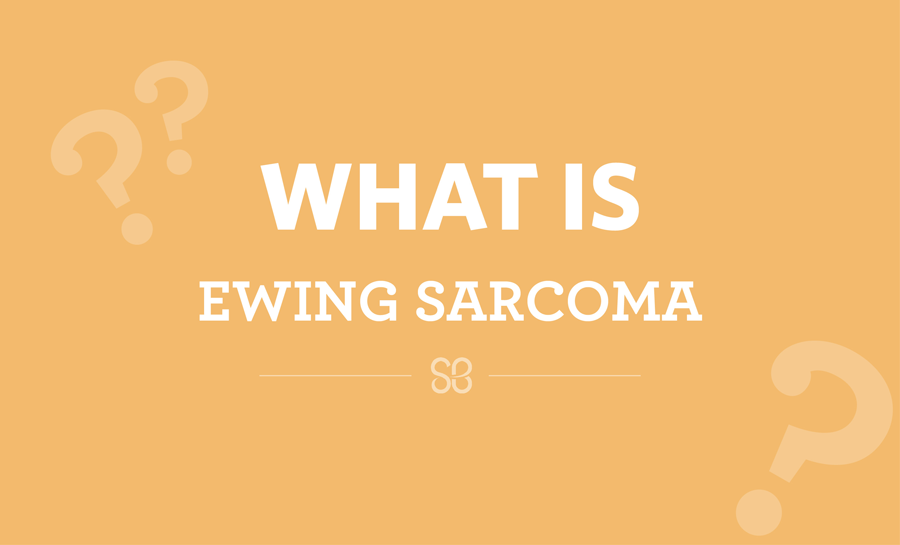
Jason Yustein, M.D., Ph.D., a St. Baldrick’s Foundation Board Member and Scientific Program Committee Member, at Emory University School of Medicine, Georgia, explains Ewing sarcoma symptoms, treatment options, and research opportunities.
What is Ewing sarcoma?
Ewing sarcoma is a type of childhood cancer that is most frequently found in children and adolescents between the ages of 10 and 20 years old.
Ewing sarcoma — the second most common bone cancer after osteosarcoma — often originates in the long, large bones of the body, including the hip, thigh, shin, chest, and arm bones.
What Is Embryonal Rhabdomyosarcoma?
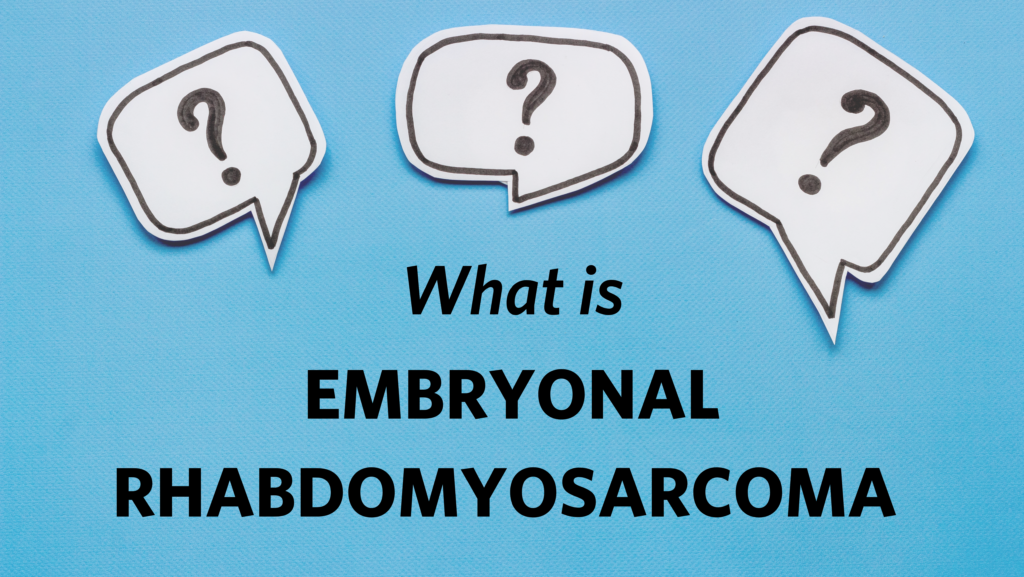
What is embryonal rhabdomyosarcoma?
Embryonal rhabdomyosarcoma is a malignant soft tissue tumor that is formed from embryonic skeletal muscle tissue, the type of tissue that grows into skeletal muscles.
When we think about skeletal muscles, we might first think of biceps or hamstrings, but embryonal rhabdomyosarcoma doesn’t usually start in the arms or legs. Most often, these tumors are seen in the head or neck, bladder, or reproductive organs.
What Is Alveolar Rhabdomyosarcoma?
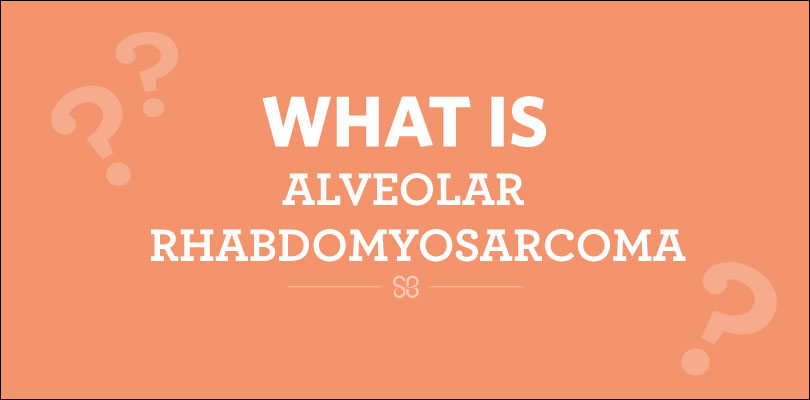
What is alveolar rhabdomyosarcoma?
There are two main types of pediatric rhabdomyosarcoma: embryonal rhabdomyosarcoma and alveolar rhabdomyosarcoma.
- Embryonal rhabdomyosarcoma (ERMS) occurs most often in children under 10 years old and is found in the head, neck, urinary tract, or reproductive organs. It is the most common type.
- Alveolar rhabdomyosarcoma (ARMS) is more aggressive, occurs more commonly in teens or young adults, and usually starts in the torso, arms, or legs.
Rhabdomyosarcoma is the most common soft tissue cancer in children, with approximately 350 new cases each year in the United States.
Q&A On Fertility After Adolescent or Young Adult Cancer
Each survivor’s risk of late effects of cancer treatment depends on their tumor, specific treatments, age, genetic makeup and other factors. Surgeries, chemotherapies, radiation, stem cell transplants and other treatments take a toll on the body – and sometimes the mind – in many ways. Some late effects make life more difficult; others are life-threatening.
Heart and lung problems are common, as are secondary cancers.
Other late effects can include hearing problems, hormonal imbalances, difficulty growing, mental health needs or cognitive deficiencies, bone density issues and easy bone fractures, fertility and reproductive problems, and more.
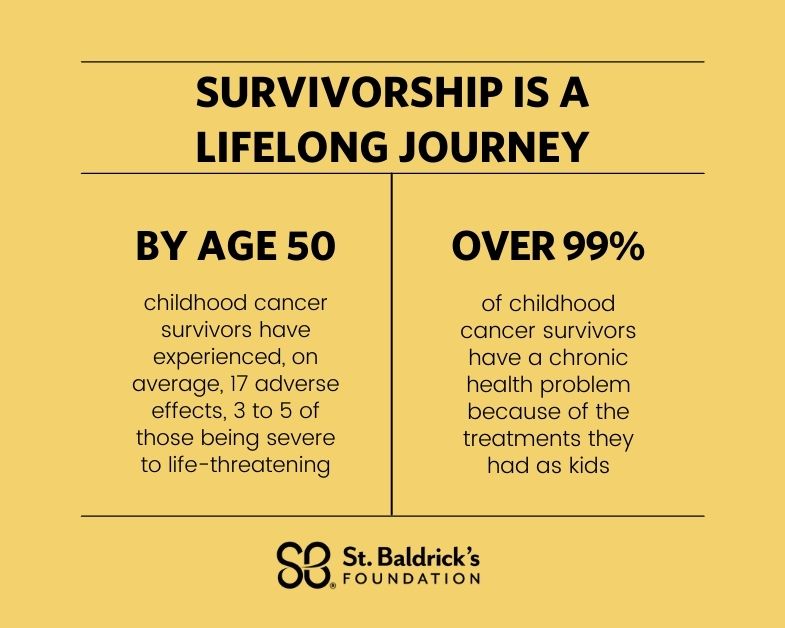
What Is Osteosarcoma?

What is osteosarcoma?
Osteosarcoma is the most common type of bone cancer in children. It often originates in the long bones of the body that include the thigh bone, the shinbone, or the bone that runs from the shoulder to the elbow, called the humerus.
While osteosarcoma frequently starts in a particular bone, it can potentially move to other sites in the body, such as the lungs and other bones. This movement, known as metastasis, often makes the disease more difficult to treat.
A type of childhood cancer, osteosarcoma is commonly found in children children, teens, and young adults between the ages of 10 and 30. Patients who are 10-20 years of age account for 60% of osteosarcoma cases.
You can help to find the best treatments for kids with cancer. Donate now to help them grow up and live long, healthy lives >
What Is Acute Myeloid Leukemia (AML)?

Dr. Mizukawa is a past St. Baldrick’s Scholar. He explains acute myeloid leukemia symptoms, treatment, and research progress
What is acute myeloid leukemia (AML)?
Leukemia is cancer of the blood cells. Leukemia cells divide quickly and fail to mature into normal, functioning blood cells.
Acute leukemia progresses rapidly and is classified into two general subtypes:
- When the cancer affects the lymphocytes, a type of white blood cell, it is called acute lymphoblastic leukemia, or ALL.
- When the cancer affects other blood cell types, such as red blood cells, platelet-forming cells, and other types of white blood cells, it is called acute myeloid leukemia, or AML.
What Is Acute Lymphoblastic Leukemia (ALL)?
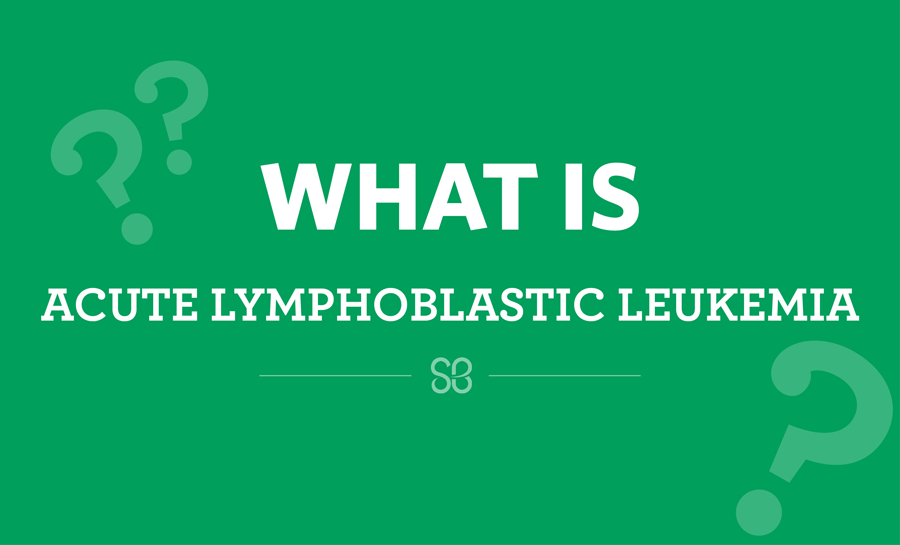
What is acute lymphoblastic leukemia?
Acute lymphoblastic leukemia (ALL) is a cancer of the white blood cells that normally fight infection. The cells do not grow and develop properly, filling up the bone marrow inside bones, where blood is normally made.
ALL is the most common type of childhood cancer, accounting for 35% of all cancers in children. Each year, there are about 2,900 new cases of children and adolescents diagnosed with ALL in the United States alone.
See how Phineas survived ALL because of research supported by St. Baldrick’s >
Its signs and symptoms resemble other common illnesses, which often leads to other treatments before the leukemia diagnosis is made.
Older Posts »

 SBF
Tweets »
SBF
Tweets »